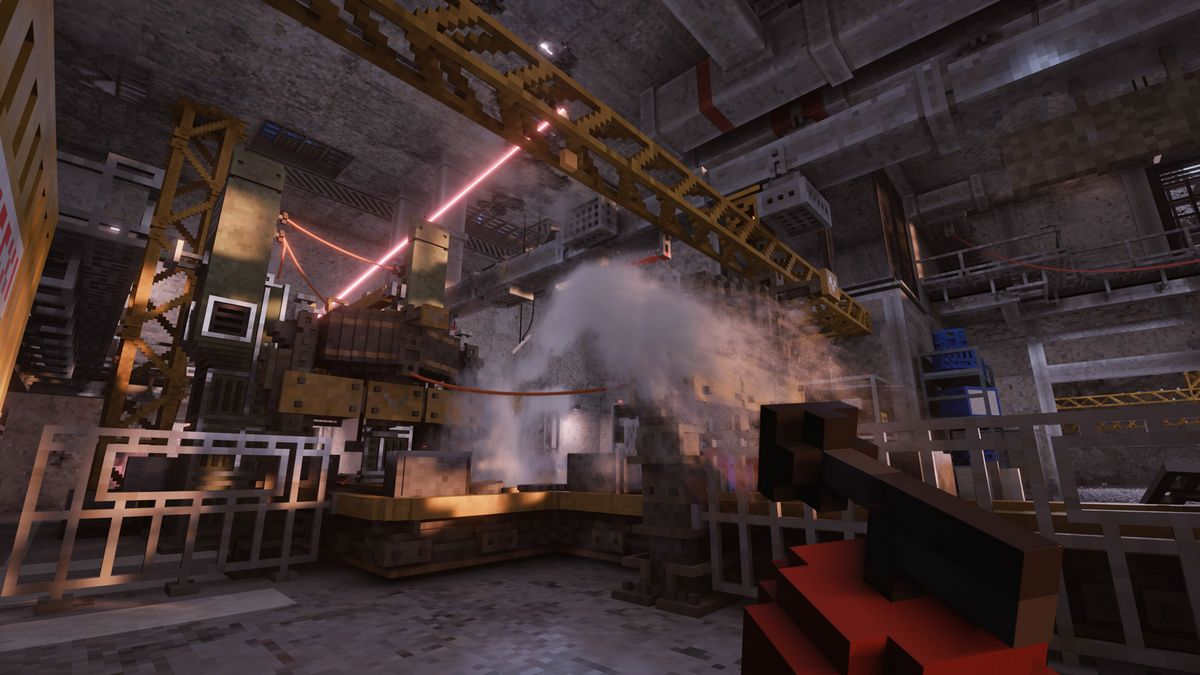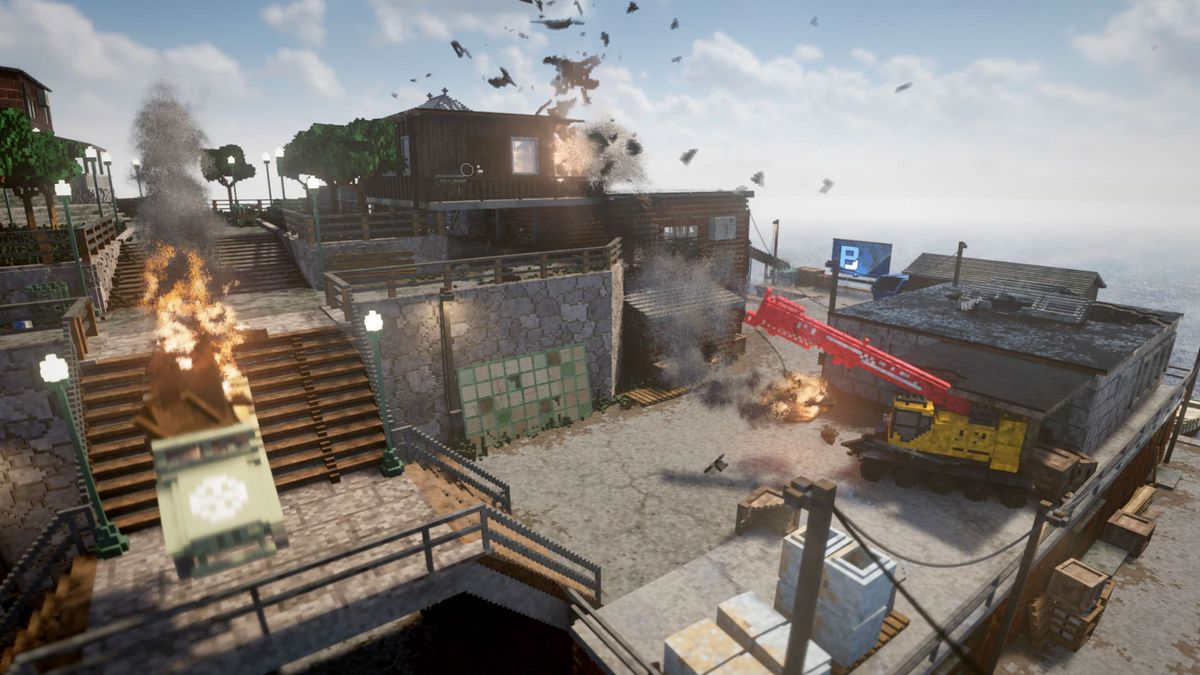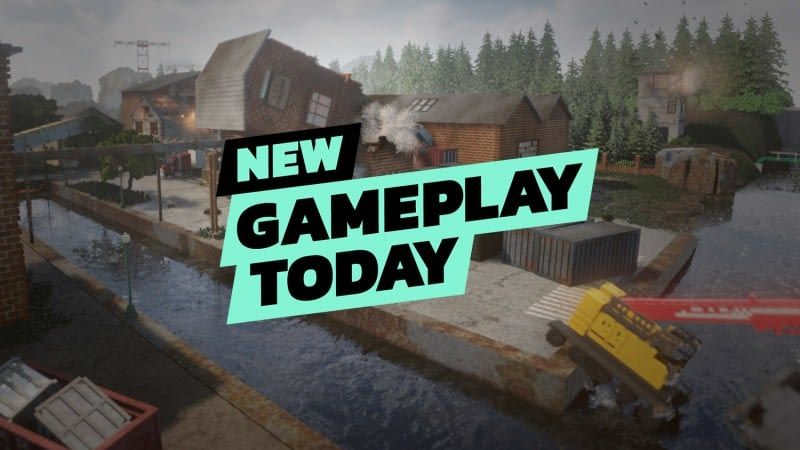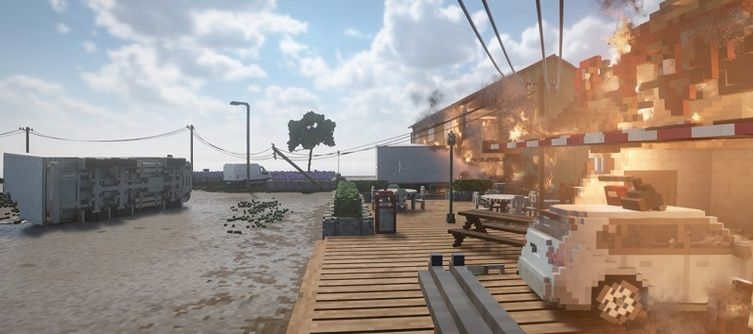As the video game industry continues to grow and evolve, it’s becoming increasingly important for developers and publishers alike to understand what makes a successful game tick. One way of doing this is through “game teardowns” – a detailed analysis of an existing game with the goal of understanding its design, mechanics, and underlying systems.
Game teardowns involve taking apart every aspect of a game, from its user interface and controls to its art style and narrative structure. By breaking down each element into its constituent parts, designers can gain insight into how different pieces work together to create a cohesive gaming experience.
Teardowns have become particularly popular in recent years as indie developers seek to learn from the successes (and failures) of larger studios. By studying games that have resonated with players or topped sales charts, smaller teams can better understand how they might replicate that success on their own terms.
But even large studios are finding value in teardowns. As competition grows fiercer in the gaming space, companies are looking for any advantage they can get – and examining competitor’s games may offer valuable insights into what’s working (or not working) for others.
In short: if you’re serious about making great games (or improving existing ones), then you need to be serious about game teardowns. In this article, we’ll explore exactly what goes into analyzing a video game at this level – including specific tools used by professionals in the field today.

- Introduction to Game Teardown: An Overview of the Practice
- Reverse Engineering Techniques for Examining Game Mechanics and Architecture
- Debugging Tools for Analyzing Program Code and System Performance in Gaming
- Utilizing Inspectors, Monitors, and Profiling Tools for Effective Game Teardowns
- The Role of Data Mining in Identifying Player Behavior Patterns and Their Impact on Gameplay Design
- Applying Game Theory Principles to Understand the Market Potential of Video Games through Teardowns
- Legal Considerations when Conducting a Game Teardown from an Intellectual Property Perspective
Introduction to Game Teardown: An Overview of the Practice
It involves taking apart game elements to understand how they work and why they were implemented in a certain way. Game teardown can be done on any type of game from mobile games to console titles.
The purpose of game teardown is to gain insight into why certain decisions were made during the development process. By examining the different components of a game such as its art, sound effects, user interface, level design, gameplay mechanics etc., developers can learn what works well in a particular genre or style of play. They can also identify flaws or issues that could be improved upon for future iterations.
Furthermore, game teardown allows designers to analyze what makes a successful title stand out from other similar games which ultimately helps them create compelling experiences for players. In summary, Game Teardown is an essential practice used by gamers and developers alike who strive towards creating innovative and engaging content for the gaming community.
Reverse Engineering Techniques for Examining Game Mechanics and Architecture

The process involves breaking down the game’s code to understand how it works, identifying key components, and revealing hidden features. Reverse engineering is widely used in the gaming industry by developers and gamers alike to gain a better understanding of their favorite games.
One technique used in reverse engineering is disassembly, which involves converting machine code into assembly language. This allows for a deeper analysis of the game‘s inner workings, enabling developers to uncover bugs or exploits that were previously unknown. Another technique is decompilation, where executable files are converted back into high-level programming languages such as C++, making it easier to analyze and modify source code.
Reverse engineering can also be applied to examine game mechanics such as AI behavior or physics simulations. By examining these core systems at an intricate level of detail, developers can optimize them for improved performance or enhance them with new features.
In conclusion, reverse engineering techniques offer valuable insights into game mechanics and architecture that would otherwise remain obscure without detailed analysis. Developers use these techniques during various stages of development; from debugging to optimization while gamers use them as part of modding communities who want more control over their gameplay experience. Ultimately reverse-engineering serves both developer teams working on specific titles or individuals looking for a deeper understanding of how they work so everyone involved benefits greatly from this powerful toolset!
Debugging Tools for Analyzing Program Code and System Performance in Gaming
In the context of gaming, these tools provide developers with the ability to identify bottlenecks or errors in their codebase as well as measure system-level performance metrics such as frame rate, memory usage, and CPU utilization.
One popular tool for analyzing program code is a debugger. Debuggers allow developers to step through their code line-by-line while monitoring variables and other program state information. This enables them to pinpoint specific areas of their code that are causing issues or not behaving as expected. Additionally, many modern game engines come equipped with profiling functionality built-in which provides valuable insight into how long it takes various functions to execute during gameplay.
Another important class of debugging tool is those used for analyzing system performance metrics. For example, GPU-Z provides detailed information about graphics card usage including GPU clock speed, temperature readings and fan speeds; all critical data points when attempting to optimize game settings for maximum performance on different hardware configurations.
In conclusion, debugging tools are essential components in the development process of any video game title. They provide developers with unprecedented insights into both individual lines of codes within the application infrastructure itself but also broader aspects regarding how efficiently systems operate together under high-stress conditions like intense gameplay sessions where users push at processing limits constantly while throwing off diverse interactions demanding various resources from server clusters supporting complex games scenarios across massive networks worldwide!
Utilizing Inspectors, Monitors, and Profiling Tools for Effective Game Teardowns
Inspectors help developers to view the elements that constitute a game while it is being played. They provide real-time data on how players interact with various features within the game’s environment, allowing developers to identify any bugs or glitches.
Monitors also play a crucial role in game teardowns by providing detailed reports on performance metrics such as frame rate, CPU usage and rendering time. This information helps developers optimize their games for optimal performance across different hardware configurations.
Additionally, profiling tools offer valuable insights into how code is executed within a game engine, identifying bottlenecks and other issues that may impact overall performance. This type of analysis enables developers to identify opportunities for improving code efficiency and reducing resource consumption.
Overall, utilizing inspectors, monitors and profiling tools can significantly improve the quality of game development by identifying areas for improvement during pre-release testing phases. By leveraging these technologies effectively, developers can optimize gameplay experiences while minimizing potential issues that could lead to negative player reviews or reduced sales figures over time.
The Role of Data Mining in Identifying Player Behavior Patterns and Their Impact on Gameplay Design
Through the analysis of player data, game developers can gain insights into their target audience’s preferences, habits, and motivations. They can then use this information to create games that cater to these needs, resulting in a more engaging and enjoyable gaming experience.
One way in which data mining is used in gaming is through the identification of user segments. By analyzing player behavior patterns, game developers can identify distinct groups of gamers with unique characteristics and preferences. These segments can be based on factors such as play style or demographic information like age or gender. Once identified, developers can tailor their marketing strategies and game design choices to better serve each segment’s needs.
Another critical application of data mining in gaming is its ability to improve retention rates among players. By identifying what keeps players engaged and motivated within a particular game environment, developers can make targeted changes that keep users coming back for more. This could involve tweaking certain features or mechanics of a game to enhance its overall enjoyment level or providing rewards that incentivize continued play.
In conclusion, data mining plays an integral role in helping designers understand player behaviors and develop games that meet their expectations effectively. With this powerful analytical tool at their disposal, designers are empowered to create experiences tailored uniquely toward different audiences with greater accuracy than ever before possible – something which ultimately leads not only towards satisfied customers but also increased revenue generation over time!
Applying Game Theory Principles to Understand the Market Potential of Video Games through Teardowns
Teardown analysis is an approach by which game mechanics, user interface designs, and other components of a video game are analyzed and evaluated in detail to understand their underlying structure and design principles. By applying game theory concepts such as Nash equilibrium, dominant strategy, and iterated elimination of dominated strategies, it becomes possible to assess the competitive landscape for a given genre or platform.
One key benefit of this methodology is that it allows developers to identify areas where they can differentiate themselves from competitors by offering unique features or mechanics that create new strategic opportunities for players. For example, if most games in a particular genre rely heavily on resource management mechanics, then innovating around combat or exploration may provide an opportunity for differentiation.

Moreover, using game theoretic models helps us identify the optimal pricing strategy for launching a new product into the market. Game designers need to analyze how different pricing strategies affect player behavior over time – whether players become loyal customers who continue playing after buying DLC’s etc., adjust their purchasing habits based on price discounts offered periodically like Steam sales etc., or simply shift towards cheaper alternatives available in the market.
Therefore applying game theory principles through teardown analyses enables us not only better understanding about consumer preferences but also helps uncover crucial insights about designing successful business models that maximize revenues while ensuring positive customer experience.
Legal Considerations when Conducting a Game Teardown from an Intellectual Property Perspective
However, from an intellectual property perspective, there are several legal considerations that must be taken into account. One important issue is copyright infringement. If the game teardown involves making copies of the game code or other protected content, it could potentially violate copyright laws.
Another key consideration is trade secrets. Many game developers rely on trade secret protection for their valuable proprietary information such as algorithms and design concepts which could also get revealed during a teardown analysis resulting in potential legal disputes between companies.
Additionally, patent infringement may arise if any patented technology used by the developer gets identified during teardown analysis.
Moreover, concerns about confidentiality agreements cannot be overlooked either when conducting a game teardown from an intellectual property standpoint; in many cases companies enter into non-disclosure agreements (NDAs) with third parties who have access to confidential information like source codes and designs that they might share while performing tear-downs.
Thus, before starting any sort of reverse engineering activity or accessing private data within games, it’s essential to consult with experienced IP lawyers to ensure compliance with relevant laws and regulations and avoid potential legal consequences related to copyright infringement actions under DMCA or Trade Secret Acts violations lawsuits & Patent Infringements etc.
In conclusion, game teardown has become a vital component of the video game industry. It provides developers with an opportunity to analyze their games and improve them by identifying inefficiencies, bugs, and other issues. As technology advances and new gaming trends emerge, it is essential for the industry to stay ahead of the curve.
Through game teardowns, developers can also gain insight into what makes successful games stand out from others. In turn, this information can be used to create more engaging and immersive experiences for gamers.

However, game teardowns require a high level of technical expertise and access to specialized tools that not all studios may have. Outsourcing these services or investing in them internally can be costly but ultimately worth it in terms of improving player experience and increasing revenue.
As such, game teardown should be considered an integral part of any developer’s toolkit as they strive towards creating innovative and unforgettable gaming experiences.
Read More:- Unleash Survival Skills in Resident Evil Code: Veronica X Game – Unravel the Dark Plot!.
- Explore a New World of Adventure with Wild Arms Alter Code: F Game – Play Now!.
- Unleash Nostalgia with Game Data East Arcade Classics – Play Now!.
- Experience Thrilling Gameplay with Resident Evil Code: Veronica X HD – Now in High Definition!.
- Maximize Your Racing Strategy with Game Motorsport Manager – The Ultimate Simulation Experience!.
- Master the Game Process of Elimination: Learn Strategies and Tips for Winning in 70 Characters.
- Mega Man Zero Collection: Relive the Classic Game on Your Favorite Platform!.